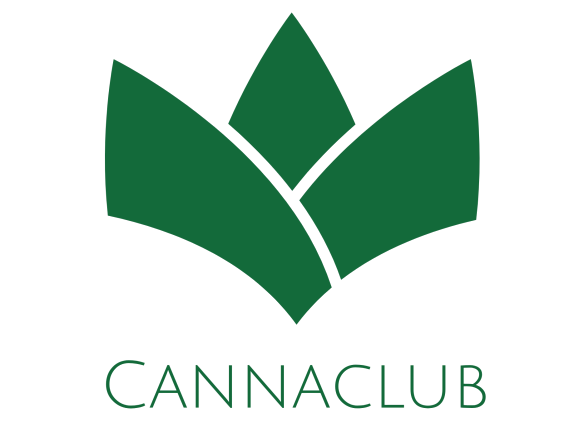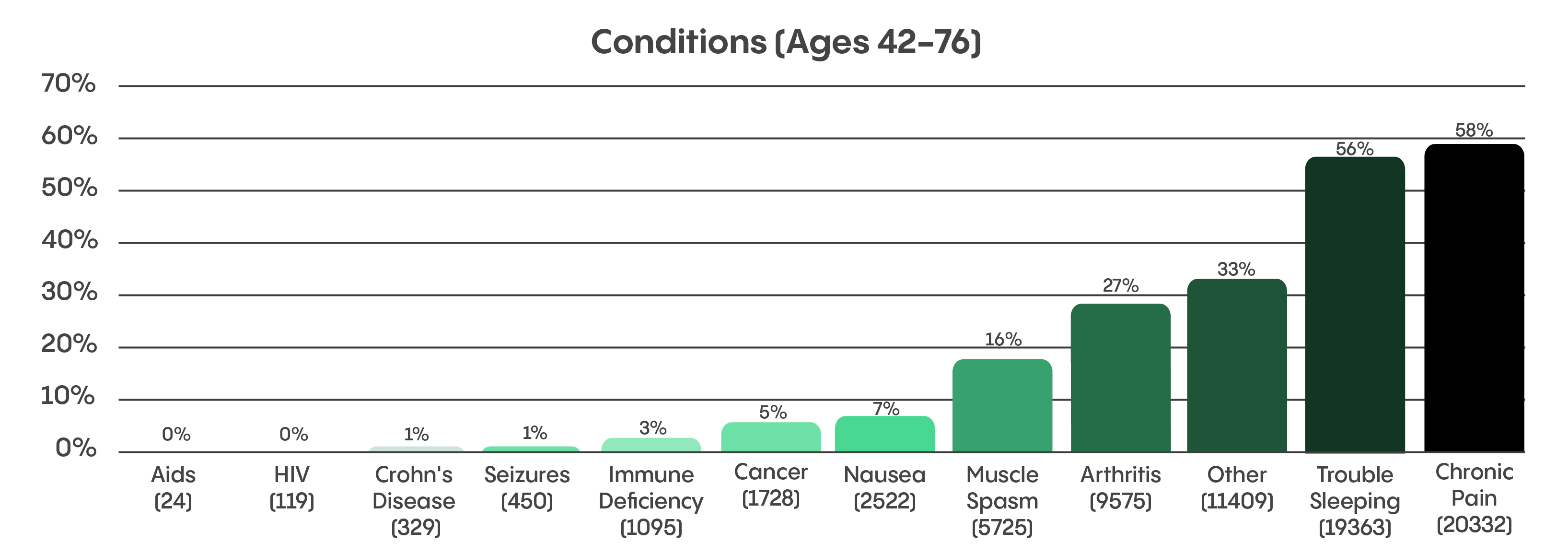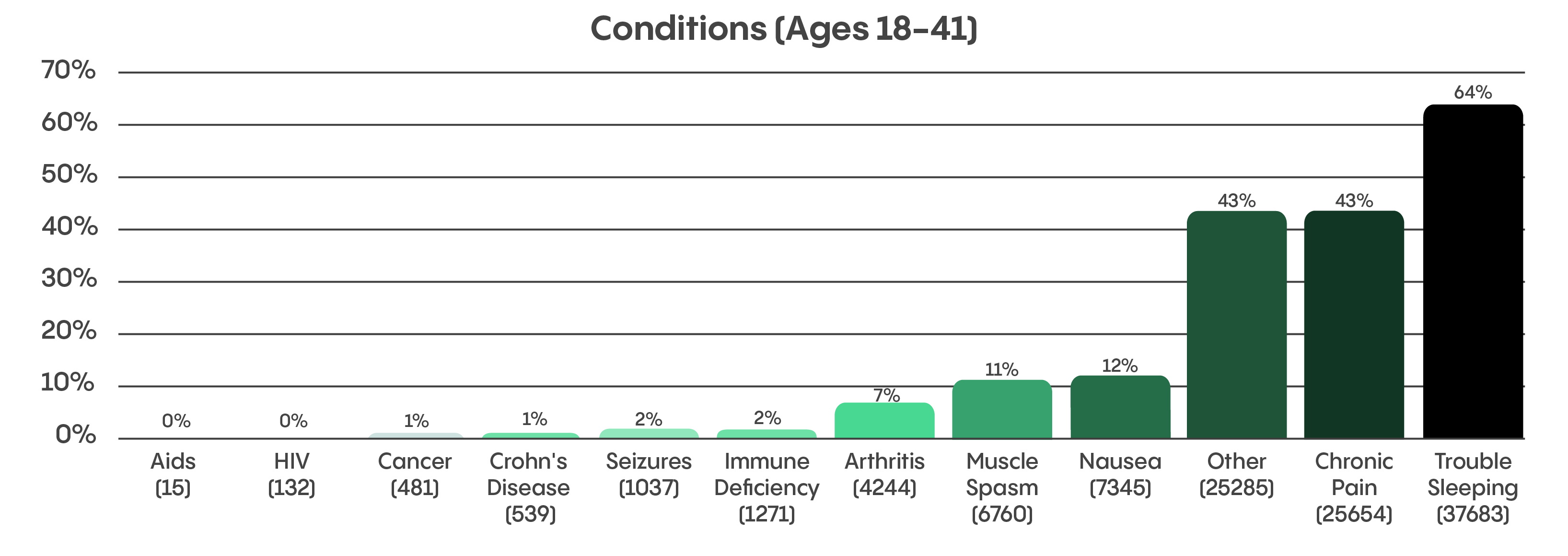Do Generational Preferences
Vary Between States?
In addition to explaining variations in generational cannabis preferences, this study explored how these preferences may vary between states with different levels of cannabis legality.
The survey data was further analyzed to determine if state cannabis legalization status plays a role in patient product preferences. Comparing the data from a sample of medical-only states (i.e., Pennsylvania, Ohio, and Florida) and adult-use states (i.e., New Jersey, New York, and Illinois) revealed no significant variances, meaning generational trends are shared between most states with few exceptions.
The type of cannabis program a state has—medical or both medical and recreational—is not the only policy that can influence patient cannabis preferences. We conducted some additional research to examine other factors that may contribute to state-specific preferences.
Available Products
Each state has its own regulations and ideas surrounding medical cannabis use. Sometimes policies can restrict the types of products available, like in Pennsylvania, Florida, and New York. These states legalized medical cannabis before they allowed flower as a product, which restricted the options for medical patients in these states.
The most notable variation discovered in the state analysis was a higher preference for flower rather than edibles among Generation X and Baby Boomer medical patients in Pennsylvania. This is likely due to the fact that the sale of edibles is still not allowed in Pennsylvania.
Such restrictions on products are prevalent in many states. As more states become educated on cannabis and consumer demand, these restrictions are lifting, allowing for a greater variety of preferences among medical patients.
Advertising
Cannabis advertisement has been very controlled and regulated in the past, but specific regulations are beginning to be outlined more. Many state cannabis advertising policies share similarities, including bans on:
- Advertising that solicits audiences under the legal age to consume
- Endorsement of overuse or direct recreational use
- Certain kinds of packaging, such as labels that feature leaf images
According to a study conducted in 2017, a common source for seeing advertisements was digital media, with around 77% of participants reporting observing a digital advertisement in the past month. This study concluded that advertisements had associations with heavier use and use of products with higher THC percentages, such as high-THC flower and concentrates, especially among users that claimed to have seen a recent digital advertisement.
This indicates that digital advertising may impact product preferences among the younger generations that use digital media more often.


















